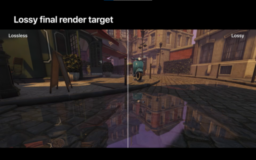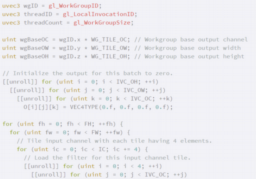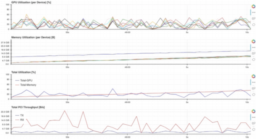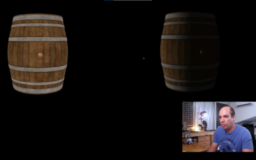- the article presents a few examples of how GPU fixed function hardware is used for other purposes besides the intended use-case
- including examples from nanite and an example of a point list was used for histogram generation
- the author is looking for user submissions of other examples

- the article provides an introduction to more hardware level information about GPU execution
- presents an overview for Nvidia, AMD, and intel information
- discussing many topics such as occupancy, register file, cache, scalar, and vector work
- additionally presents performance pitfalls and explains why they happen

- the article provides a summary of the new hardware features in Apple GPUs
- covering lossy compression, sparse texture support, and SIMD improvements

- the video provides a paper summary from NVidia that uses differentiable rendering to simplify geometry
- shows several examples, including a Disney island vegetation reduction to less than 1% of source vertex count

- the article presents how to use MLIR (Multi-Level IR Compiler Framework) for efficient SPIR-V code generation for convolution filters
- shows how to take the logical expression of the task and transform it into patterns that are efficiently executed on ARM Mali GPUs

- NVidia provides an open-source dashboard for Jupyter and a standalone Boker server
- these dashboards are python based and expose real-time graphs for metrics such as memory usage, utilization, or memory traffic
- the article shows how users can extend the dashboards

- video tutorial that explains lambert diffuse lighting function
- additionally also covers the required coordinate space transformations,
- finally shows how to implement the lighting model into OpenGL + GLSL

Thanks to Manish Mathai for support of this series.
Would you like to see your name here too? Become a Patreon of this series.